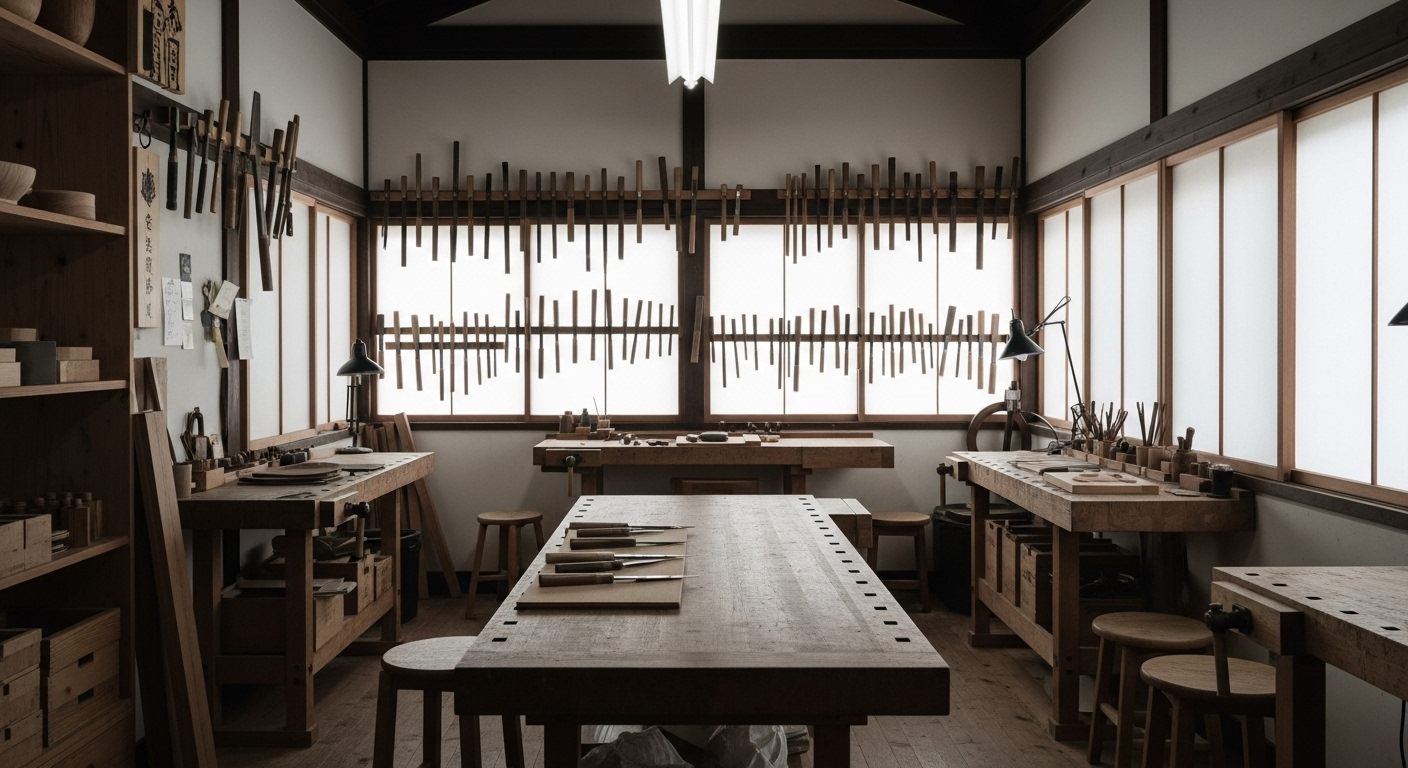
KIREAJI Blog About Japanese Knives

Characteristics of Sanjo Blades
Sanjo City stands as a testament to Japan's rich blade-making heritage, renowned for its skilled artisans and innovative techniques.
Characteristics of Sanjo Blades
Sanjo City stands as a testament to Japan's rich blade-making heritage, renowned for its skilled artisans and innovative techniques.

Single-Edged or Double-Edged: Which to Choose?
The choice between single-edged and double-edged knives involves understanding their unique benefits and suitability for different culinary tasks.
Single-Edged or Double-Edged: Which to Choose?
The choice between single-edged and double-edged knives involves understanding their unique benefits and suitability for different culinary tasks.

Sakai Uchihamono: The Artistry Behind Japan's R...
Sakai Uchihamono reflects a legacy of exquisite craftsmanship, embodying the art and tradition of blade-making in Sakai City through meticulous forging, sharpening, and handle attachment processes.
Sakai Uchihamono: The Artistry Behind Japan's R...
Sakai Uchihamono reflects a legacy of exquisite craftsmanship, embodying the art and tradition of blade-making in Sakai City through meticulous forging, sharpening, and handle attachment processes.

Left-handed versions of single-edged Japanese k...
Left-handed chefs can rejoice as single-edged Japanese knives tailored for left-hand use exist, combining traditional artistry with ergonomic design.
Left-handed versions of single-edged Japanese k...
Left-handed chefs can rejoice as single-edged Japanese knives tailored for left-hand use exist, combining traditional artistry with ergonomic design.

Navigating the World of Knife Hardness: What Yo...
Navigating the balance between hardness and toughness is essential in crafting knives that offer both exceptional performance and resilience.
Navigating the World of Knife Hardness: What Yo...
Navigating the balance between hardness and toughness is essential in crafting knives that offer both exceptional performance and resilience.

The Global Surge in Popularity of Japanese Chef...
The escalating global appeal of Japanese knives is rooted in their unmatched quality and the rich cultural traditions they embody, captivating culinary enthusiasts worldwide.
The Global Surge in Popularity of Japanese Chef...
The escalating global appeal of Japanese knives is rooted in their unmatched quality and the rich cultural traditions they embody, captivating culinary enthusiasts worldwide.

The Soul of Craftsmanship
-
The Essence of Knife Making: Crafting a Story Through Material and Shape
Knife making is not merely the act of producing a tool—it is the art of weaving a story through steel. Every piece of raw material is heated, hammered, and drawn out, gradually transforming from unshaped metal into a blade that feels alive in the hand of its user. The moment when steel responds to the rhythm of the hammer, as if infused with spirit, is where the true joy of the craft lies.
-
What we pursue is not only sharpness, but the “perfect strike” that connects seamlessly with its user. A knife becomes complete only when it carries the story of its making into the kitchen, continuing its journey through the meals and memories it helps create.
-
Each blade, therefore, is more than a tool—it is a story waiting to unfold in your hands.
Our Story
-
Tradition of Sakai, in Your Hands
"Where can I find a truly great knife?"
We started KIREAJI to answer that question. While the number of skilled craftsmen is declining in Japan, many people overseas are seeking authentic blades. With that in mind, we carefully deliver each knife—bridging tradition and kitchens around the world. -
